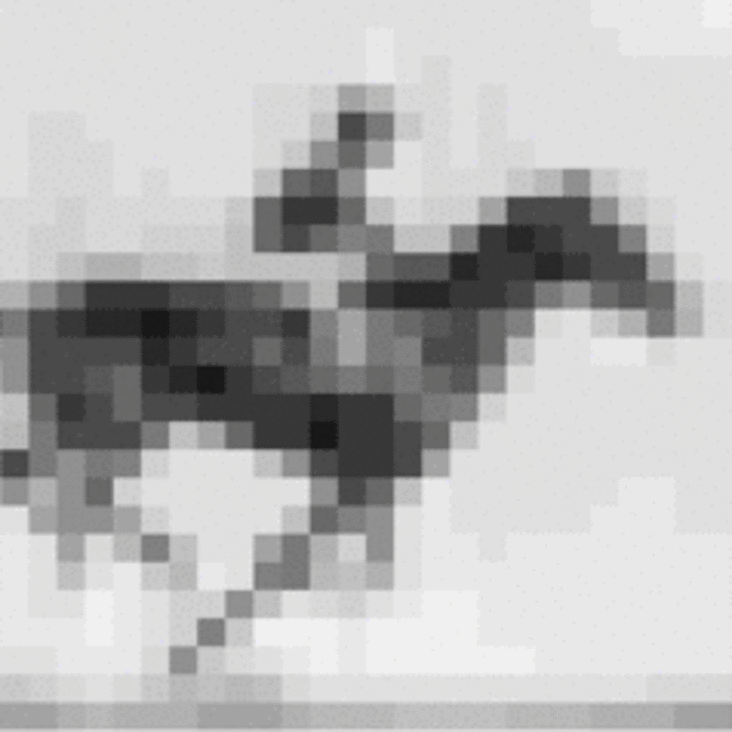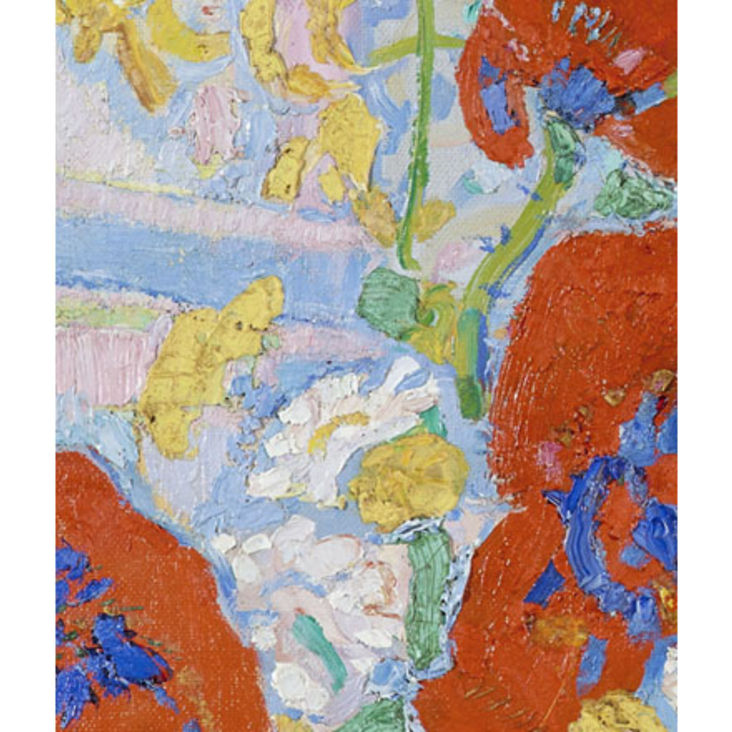










38 West 86th St.
New York, NY 10024
212.501.3000
admissions@bgc.bard.edu
18 West 86th St.
New York, NY 10024
212.501.3023
gallery@bgc.bard.edu
BGC Gallery is currently closed.
38 West 86th St.
New York, NY 10024
212.501.3000
admissions@bgc.bard.edu
18 West 86th St.
New York, NY 10024
212.501.3023
gallery@bgc.bard.edu
BGC Gallery is currently closed.
Funded by The Andrew W. Mellon Foundation
November 8, 2019
9:00 am – 6:00 pm
This
event is part of “Conserving Active Matter: A Cultures of Conservation Research
Project,” a collaboration between Bard Graduate Center, the Humboldt University
(Berlin), and the Rijksmuseum (Amsterdam), generously supported by The Andrew
W. Mellon Foundation. This initiative aims to bring new developments in
materials science and new ways of thinking about matter to create new ways of
thinking about the future of conservation. The project is articulated through
semester-themed explorations along four axes: Indigenous ontologies (spring
2018), history (fall 2018), materials science (spring 2019), and philosophy
(fall 2019).
In some circumstances, humans are perplexed by the instability of matter, but in others they embrace it with a recognition that instability brings about welcome as well as unwelcome aesthetic phenomena that are otherwise unattainable. This symposium focuses on how humans have accepted and exploited inherent instability, which is a property of all materials, in the face of the tension that so frequently arises between acceptance of mutability and attempts to arrest it.
Most will find it uncontroversial and philosophically uninteresting that all matter is unstable to some degree. However, there are many questions that we must ask about how precisely to understand this instability. Are there important conceptual distinctions to make between different kinds of instability? What is the relationship between instability and activity (here thinking of the title of our overarching collaboration, Conserving Active Matter). To what is activity opposed: passivity? inertness? stability? permanence? What are the significant varieties of matter’s instability and activity—for instance, growth, decay, degradation, and disintegration—and how do we distinguish them from one another? What role do matter’s other properties play in making these determinations? A second and related set of questions that will interest us in the symposium pertains to how we value or disvalue matter’s instability and impermanence. When is matter’s instability something to avoid, prevent, arrest (or attempt to avoid, prevent, or arrest), and when is it something to embrace, celebrate, appreciate, exploit, or facilitate? When does matter’s instability make a positive contribution to our experience of it, and what is the nature of this positive contribution (for example, aesthetic? practical? ethical?)? What values guide us, or should guide us, in answering these questions?
This symposium explores these philosophical issues in an interdisciplinary and cross-cultural manner under four headings: Worlds in Ruins; Wabi-Sabi, Kintsugi, and the Joys of Deformation and Rupture; Puzzles in Modern and Contemporary Art and Material Culture; and Growth in Decay: The Pleasures of Fungi and Bacteria. Each of these four topics highlights the underlying tension between the results of human action—making things, using them, and attempts to preserve them—and phenomena beyond human control, such as decay, degradation, and the actions of non-human living things. Can a consideration of these topics open ways to reconceive or rebut the inherited division between the artificial (the human-made) and the natural, and all that follows from it in the Aristotelian tradition of Western thought? Join us for a day of intense discussion of the aesthetic qualities deriving from the instability of materials, and the puzzles they prompt, addressed by scholars prominent in philosophy, conservation, and art and architectural history.
Peter N. Miller
Bard Graduate Center
Welcome
A.W. Eaton
University of Illinois at Chicago
Ivan Gaskell
Bard Graduate Center
Introduction
Session I: Growth in Decay
Chair: A.W. Eaton, University of Illinois at Chicago
Erich Hatala Matthes
Wellesley College
What Can Conservation Conserve?
Alva Noë
University of California, Berkeley
Entanglement and Death
Discussion
Session II: Wabi-Sabi, Kintsugi, and the Joys of Deformation and Rupture
Chair: A.W. Eaton, University of Illinois at Chicago
Yuriko Saito
Rhode Island School of Design
Aesthetics of Repair
Rumiko Handa
University of Nebraska
Time and Imperfection
Session III: Puzzles in Modern and Contemporary Art and Material Culture
Chair: Ivan Gaskell, Bard Graduate Center
Francesca Esmay
Solomon R. Guggenheim Museum
Jeffrey Weiss
Independent Curator
Iteration, Example, Version: The Variable Realization of Minimal Art
Sherri Irvin
University of Oklahoma
The Expressive Import of Degradation and Decay in Contemporary Art
Discussion
Session IV: Worlds in Ruins
Chair: Ivan Gaskell, Bard Graduate Center
Carolyn Korsmeyer
University at Buffalo
Degradation: Appearance and/or/vs. Reality
Elisabeth Schellekens
University of Uppsala
Beauty, Destruction, and the Temple of Bel
Discussion
This event is part of our Cultures of Conservation initiative, supported by The Andrew W. Mellon Foundation.





38 West 86th St.
New York, NY 10024
212.501.3000
admissions@bgc.bard.edu
18 West 86th St.
New York, NY 10024
212.501.3023
gallery@bgc.bard.edu
BGC Gallery is currently closed.
